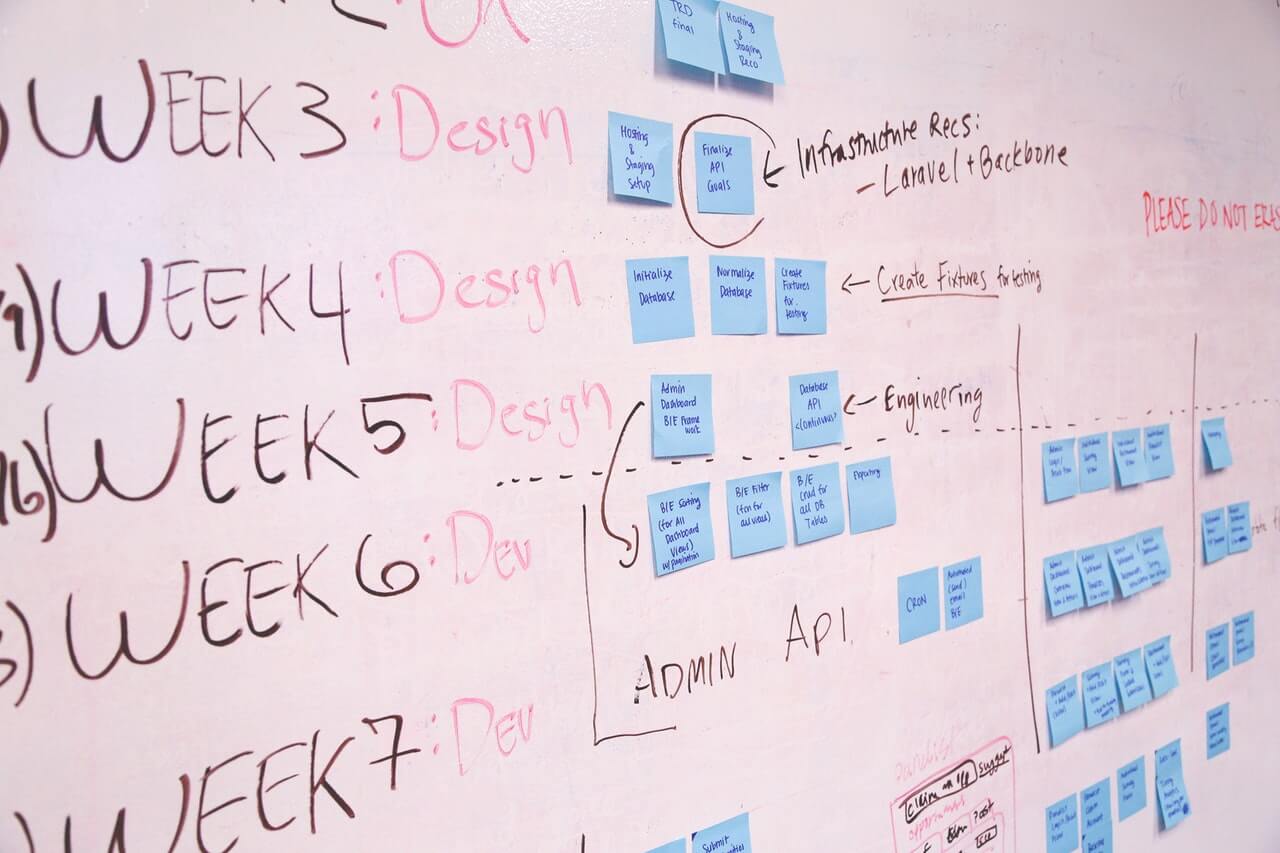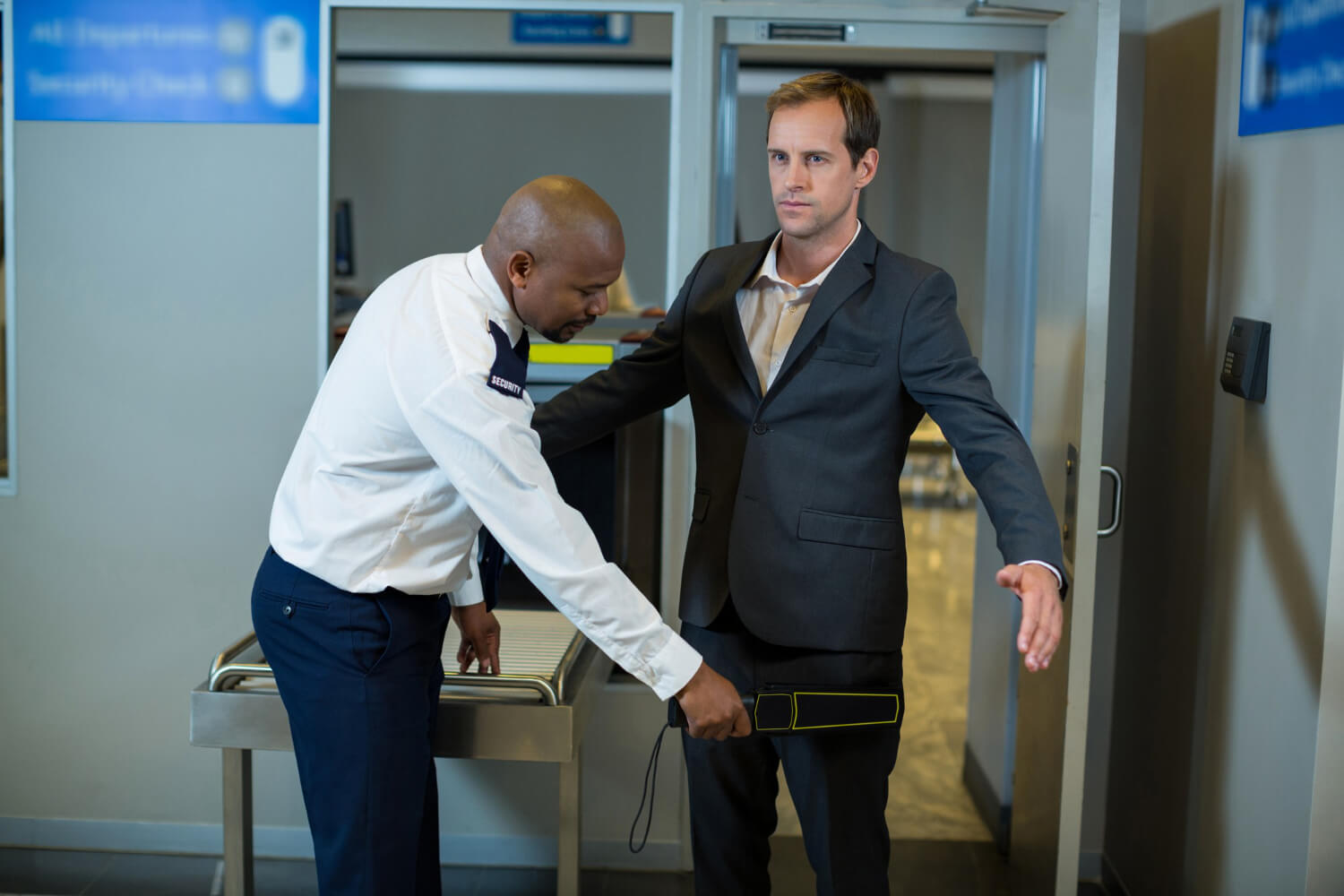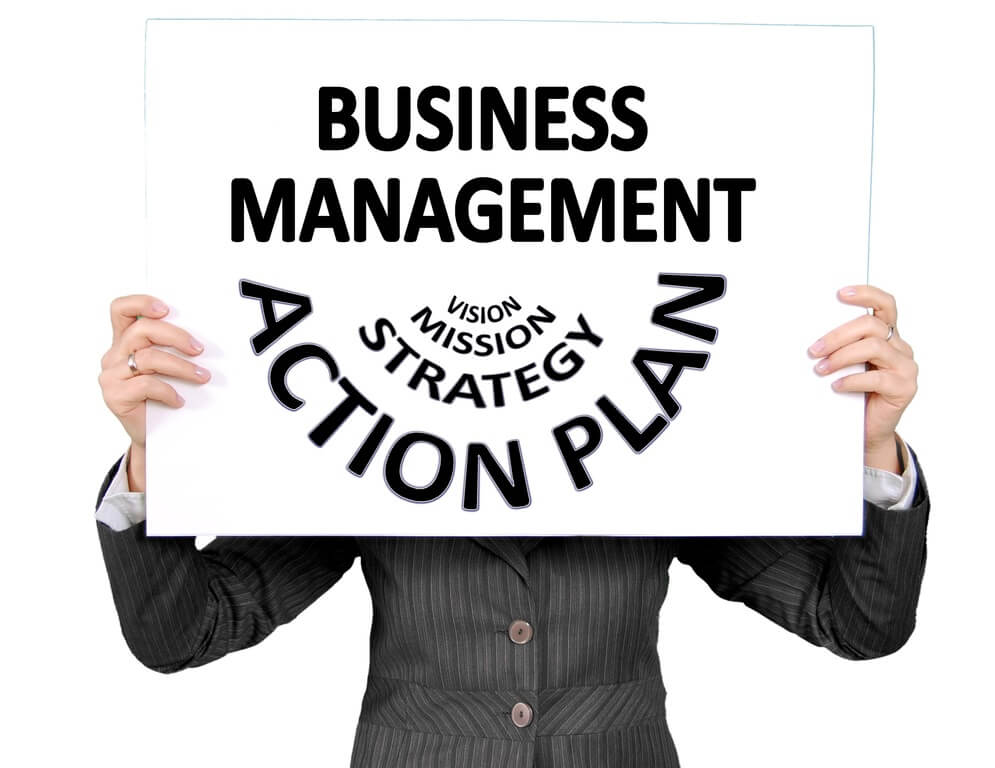Leading v. Facilitating Strategic Planning
A major difference between leading and facilitating is that a leader often tells; a facilitator…
Our content is reader-supported. Things you buy through links on our site may earn us a commission
Never miss out on well-researched articles in your field of interest with our weekly newsletter.

Subscriber

A major difference between leading and facilitating is that a leader often tells; a facilitator…

Generating ideas and gathering facts are probably the most common functions performed by groups in…

Developing strategy takes time and resources. It requires the time and commitment of some of…

ew facilitators truly understand the power of the pen. When facilitators don't record what participants…

How perfect is your memory? When you leave a group meeting, do you walk away…

In a meeting or facilitated session, it is typical for participants to be initially reserved…

The Drivers Model is Leadership Strategies' methodology for strategic planning and the ultimate tool for…

Ever feel a meeting start to drift? Not sure if your participants retained what was…

The Drivers Model is the tool I have been using for over two decades to…

"Let's set some ground rules." How often have you heard this at the start of…

How you start a facilitated session is critical to the overall success of the session.…

Two critical components of the Drivers Model are the mission and the vision. When it…

My loyal blog readers have read my post on the 5 Ps of Preparation -…

If you don't know where to begin in a meeting, let this secret be your…

In today ’s business world many meetings take place virtually using a variety of media,…

Every trainer and facilitator has his/her favorite team building activity. Some facilitators like the more…